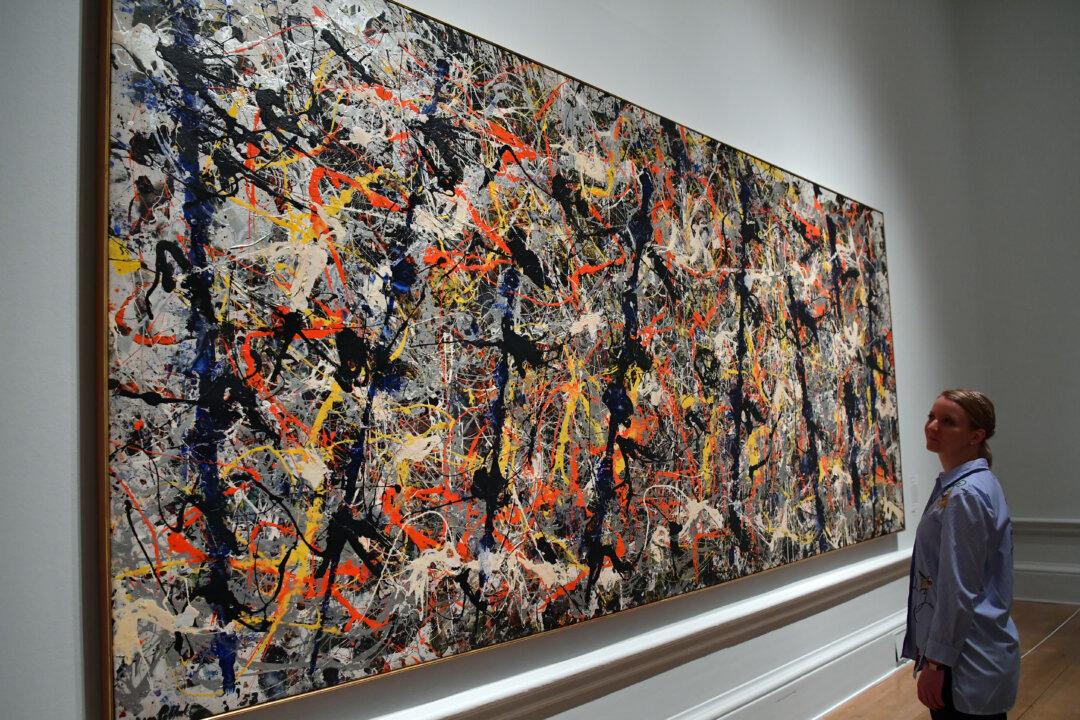Commentary
I know that a lot of people are eagerly awaiting the roll-out of the new Netflix compilation of all the White House pressers from the Coronavirus Task Force. I’m told that, thanks to the sponsorship of Hermes scarves, all 876 hours will go on-line at once, so those of us under virtual house arrest can binge watch it for the next month or so. Those with a premium account can opt for an edition that omits any questions from Jim Acosta.





